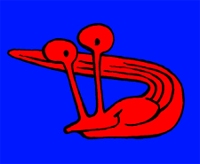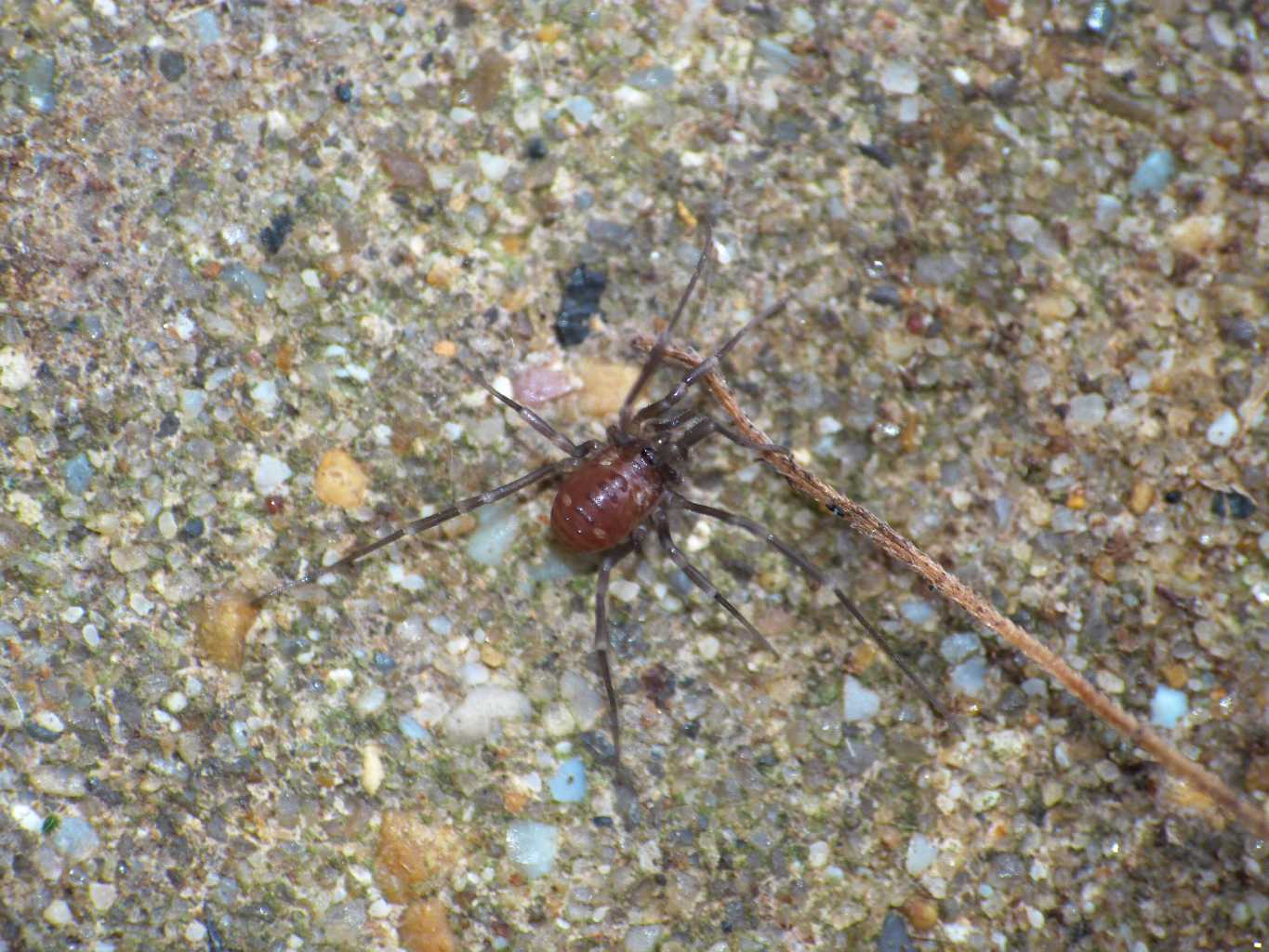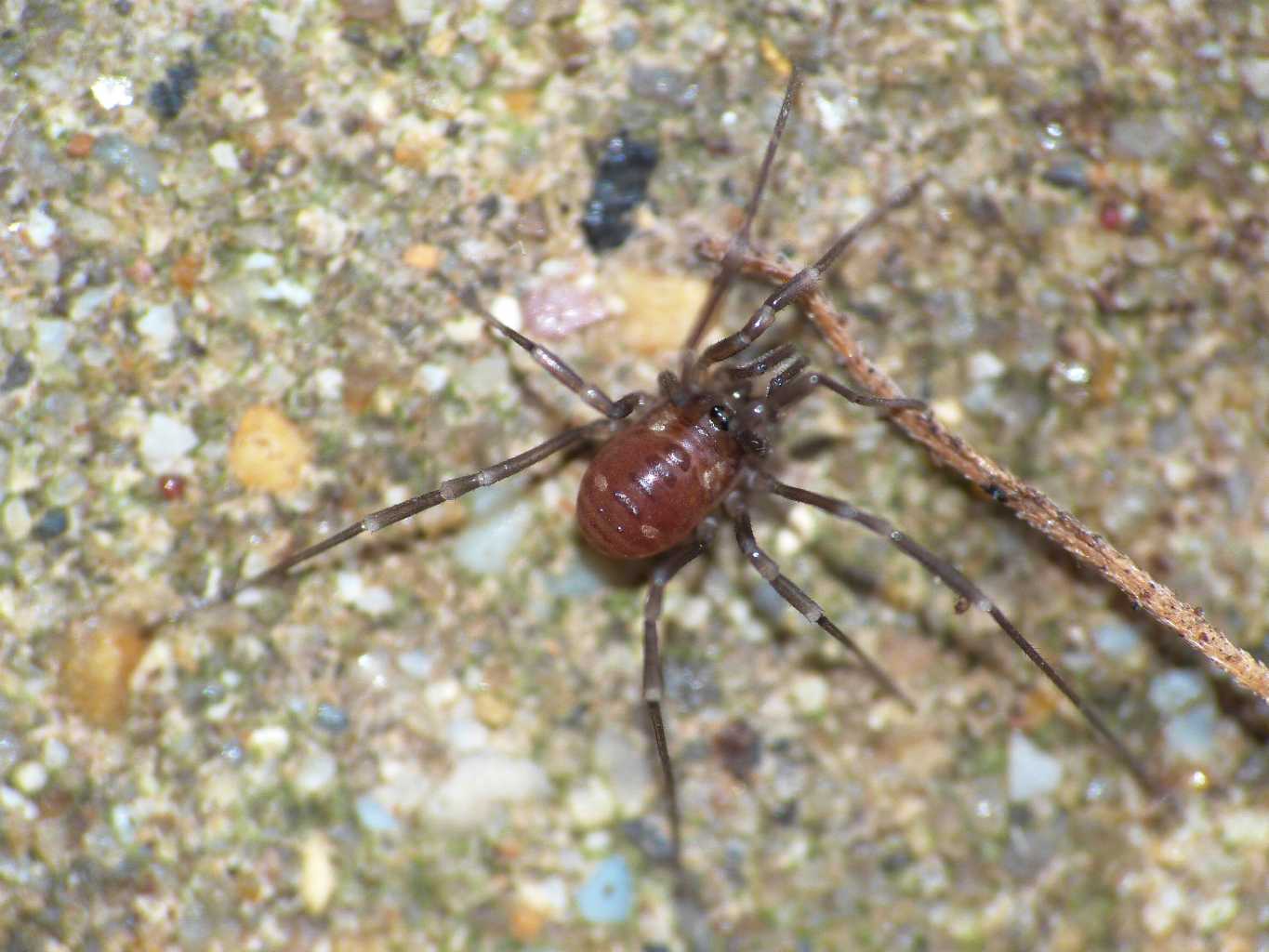|
|
|
|
|
Galleria Tassonomica
di
Natura Mediterraneo
|
 ATTENZIONE! Con tutti gli opilionidi è estremamente importante vedere l'oculario e la zona di fronte ad esso. Questo è vero in particolare per gli opilionidi a zampe corte nei quali il tridente è una caratteristica distintiva. ATTENZIONE! Con tutti gli opilionidi è estremamente importante vedere l'oculario e la zona di fronte ad esso. Questo è vero in particolare per gli opilionidi a zampe corte nei quali il tridente è una caratteristica distintiva.
Si dovrebbe misurare la lunghezza del corpo. Se è possibile scattare fotografie prese dall'alto e di lato. Naturalmente non dovrebbe mancare una semplice foto dorsale. Anche se sono la caratteristica più notevole degli opilionidi, le zampe possono essere ignorate senza problemi perché non hanno virtualmente alcun ruolo nella determinazione.
Per la maggior parte degli Opiliones si arriva ad una determinazione già con le foto. Le eccezioni sono Nemastomatidae ('i piccoli neri') e soprattutto Trogulidae, per i quali è meglio l'analisi del DNA.
|
|
| Autore |
 Discussione Discussione  |
|
|
elleelle
Moderatore Trasversale
    
Città: roma
Regione: Lazio

32990 Messaggi
Flora e Fauna |
|
|
Lars Friman
Utente Senior
   
Città: D-14806 Bad Belzig

680 Messaggi
Flora e Fauna |
 Inserito il - 01 gennaio 2013 : 11:08:18 Inserito il - 01 gennaio 2013 : 11:08:18


|
Moin Luigi,
we had in Link something rather similar from the Alps (Link something rather similar from the Alps (Link ), so it should be ), so it should be
one ot fhe family: Nemastomatidae. I hope Axel will ID this one.
Lars Friman |
|
 |
|
|
Cmb
Moderatore
    

Città: Buers
Prov.: Estero
Regione: Austria

12844 Messaggi
Flora e Fauna |
 Inserito il - 02 gennaio 2013 : 11:51:51 Inserito il - 02 gennaio 2013 : 11:51:51


|
Difficult case of a juvenile. I have to guess, as you cannot see the palps, but would opt for a Nemastomatid, at first glance. Narrowing the possibilities down for being a species from Central Italy, we have only few candidates left. If we look closer, one can see two rows of spines starting to develop. And on second glance you can see the silvery spots develop, two on the front (at the joint of the upheld legs) and two at the rear (also more pointing towards a Nemastomatid). Given this armature and the spots, this might be a juvenile of Histricostoma argenteolunulatum.
Cheers and Happy New Year!
Axel Schönhofer
|
"Good people don't go into government" (D. Trump)

Link - nothing is more dangerous than the truth - solo chi conosce il passato, può capire il presente! - nothing is more dangerous than the truth - solo chi conosce il passato, può capire il presente!
|
 |
|
|
elleelle
Moderatore Trasversale
    
Città: roma
Regione: Lazio

32990 Messaggi
Flora e Fauna |
 Inserito il - 12 gennaio 2013 : 23:37:07 Inserito il - 12 gennaio 2013 : 23:37:07


|
Ostia Antica (RM), 12-1-2013
Ancora lui?
 luigi luigi
Immagine:

159,62 KB
Immagine:

104,1 KB |
 |
|
|
Axel
Utente

Città: Mainz

20 Messaggi
Flora e Fauna |
 Inserito il - 13 gennaio 2013 : 17:09:18 Inserito il - 13 gennaio 2013 : 17:09:18


|
| Pretty sure it is this species. The hairs on the palps characteristic for a Nemastomatid can briefly be seen. |
|
 |
|
|
Axel
Utente

Città: Mainz

20 Messaggi
Flora e Fauna |
 Inserito il - 13 gennaio 2013 : 21:41:24 Inserito il - 13 gennaio 2013 : 21:41:24


|
Hi Luigi,
you also photographed the adult to this: Link
Cheers!
Axel |
|
 |
|
|
elleelle
Moderatore Trasversale
    
Città: roma
Regione: Lazio

32990 Messaggi
Flora e Fauna |
 Inserito il - 13 gennaio 2013 : 22:51:19 Inserito il - 13 gennaio 2013 : 22:51:19


|
Very interesting!
I did not suspect they were the same. 
Otherwise, I would have posted both in the same discussion.
 luigi luigi
|
 |
|
| |
 Discussione Discussione  |
|
|
|
 Natura Mediterraneo Natura Mediterraneo |
© 2003-2024 Natura Mediterraneo |
 |
|
Leps.it | Herp.it | Lynkos.net
|

 Forum
|
Registrati
|
Msg attivi
|
Msg Recenti
|
Msg Pvt
|
Utenti
|
Galleria |
Map |
Forum
|
Registrati
|
Msg attivi
|
Msg Recenti
|
Msg Pvt
|
Utenti
|
Galleria |
Map |